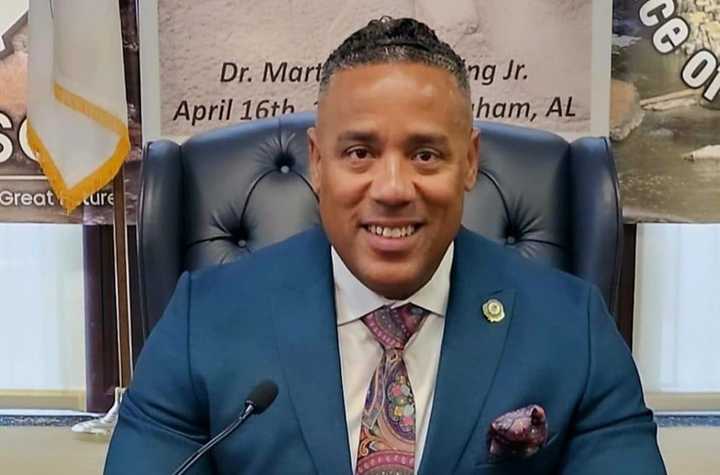Bernie Sanders’ anti-Trump rally comes to Philadelphia today
Protesters will take to the streets in Philadelphia and elsewhere across the country on May Day to highlight the fight against President Donald Trump and his policies.

By Rob Tornoe, Philadelphia Inquirer
U.S. Sen. Bernie Sanders will headline a May Day rally in Philadelphia Thursday, May 1, as he brings his nationwide fight against President Donald Trump’s agenda to Pennsylvania.
Sanders, a Vermont independent who caucuses with Democrats, is expected to speak at a “For the Workers, Not the Billionaires” event being hosted by Philadelphia’s AFL-CIO chapter, which is scheduled to get underway around 4 p.m. Thursday outside the north side of City Hall.
“This rally is really to show when labor, immigration groups, and the community stand together, we’re a force that can’t be divided. Even Bernie Sanders is joining us,” said Philadelphia Council AFL-CIO spokesperson Maggie Mullooly. “We’re fighting for a future that works for the workers and not the billionaires.”
Thursday’s rally and march comes amid economic uncertainty created by Trump’s on-again, off-again approach to tariffs — taxes on imported goods — which has rattled world markets and sapped economic confidence.
On Wednesday, the Commerce Department released data that showed the U.S. economy shrank at a 0.3% rate in the first quarter of 2025, a dramatic reversal of the 2.4% increase in the fourth quarter of 2024, when President Joe Biden was still in office.
Sanders, often joined by Rep. Alexandria Ocasio-Cortez (D., N.Y.), has drawn large crowds in Republican strongholds as he criticizes Trump’s agenda and a system he claims benefits the wealthy at the expense of the working class.
Read the full story and rally details here
If you like this post, you’ll love our daily environmental newsletter, EnviroPolitics. It’s packed daily with the latest news, commentary, and legislative updates from New Jersey, Pennsylvania, New York, Delaware…and beyond. Please do not take our word for it, try it free for a full month
Bernie Sanders’ anti-Trump rally comes to Philadelphia today Read More »



 Mark Carney, Canada’s prime minister and leader of Canada’s Liberal Party, during an election night event at TD Place in Ottawa, Ontario, Canada, early on Tuesday, April 29. Photographer: David Kawai/Bloomberg
Mark Carney, Canada’s prime minister and leader of Canada’s Liberal Party, during an election night event at TD Place in Ottawa, Ontario, Canada, early on Tuesday, April 29. Photographer: David Kawai/Bloomberg